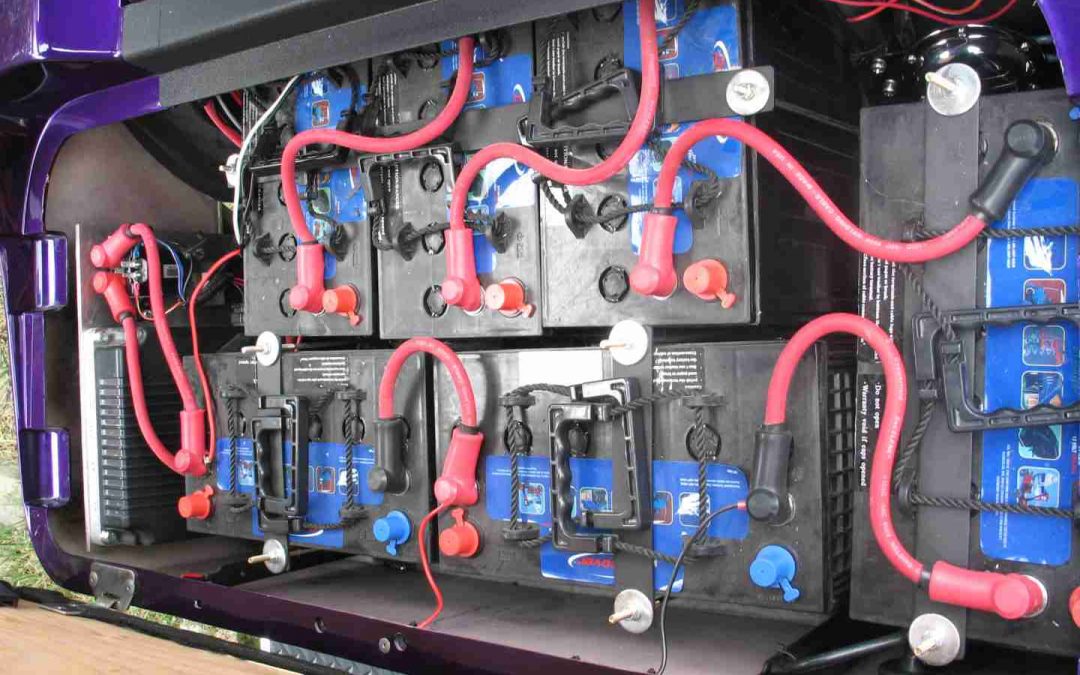-
Shopping Tools
-
Care & Maintenance
-
About
-
Dealer Login

Knowing whether your golf cart is 36V or 48V is crucial for maintenance and performance decisions. Here’s how you can easily determine the voltage of your golf cart to ensure it's running efficiently.
There are two main ways to determine whether your golf cart operates on a 36V or 48V system. First, you can check online for the specifications of your golf cart model. Alternatively, you can directly inspect the batteries in your golf cart to calculate the system's voltage. Below is a step-by-step guide to help you identify the voltage of your golf cart's electrical system.
One of the easiest ways to determine whether your golf cart is 36V or 48V is by looking up your golf cart's specifications online. Visit the manufacturer's website and search for your golf cart's make and model. The detailed product description or owner’s manual will specify whether it operates on a 36V or 48V system. This method is quick and easy, especially if you don't want to open up the battery compartment yourself.
If you're unable to find the specifications online or prefer a more hands-on approach, you can open the battery compartment of your golf cart to inspect the batteries. Here’s how:
Start by locating the battery compartment. Typically, the battery compartment is under the seat of most golf carts. Lift the seat to reveal the compartment, which houses the batteries that power the cart.
Once you have access to the battery compartment, count the number of batteries inside. Most golf carts use multiple batteries to achieve the required voltage for the system. The number of batteries used will help you determine the overall voltage of your golf cart.
Each battery will typically have multiple water fill ports. These are the small openings where you can add distilled water to maintain the batteries. Count the number of water fill ports on each battery. Most batteries have 3, 4, or 6 water ports. You might need to remove the battery cover to see the ports clearly.
Once you’ve counted the water fill ports, it’s time to calculate the battery voltage. The number of water fill ports on each battery determines its voltage. Typically, each hole corresponds to 2 volts. For example, if the battery has 3 water fill ports, each port represents 2 volts, giving you a 6V battery (3 holes x 2V = 6V). Similarly, if a battery has 4 water ports, it would be an 8V battery (4 holes x 2V = 8V).
Next, calculate the system voltage by multiplying the battery voltage by the number of batteries. If your golf cart uses six 6V batteries, the system voltage will be 36V (6 x 6V = 36V). If the cart uses six 8V batteries, the system voltage will be 48V (6 x 8V = 48V).
When choosing between a 36V or 48V system, it’s important to consider the power and efficiency differences. While 36V systems are still common in older or budget-friendly models, 48V systems are more popular in modern golf carts because they offer several advantages:
Overall, 48V systems are considered the better choice for those who need more power and longer battery life. However, 36V systems can still be an excellent option for flat terrain and short distances, especially if you are looking for a more budget-friendly option.
Determining whether your golf cart is 36V or 48V is relatively easy. You can either look up the model's specifications online or open the battery compartment to inspect the number of batteries and calculate the system voltage. Once you know the voltage, you’ll have a better understanding of the power and efficiency your golf cart can offer.
